In situ studies of deformation in metal nanowires have yielded interesting new deformation mechanisms.
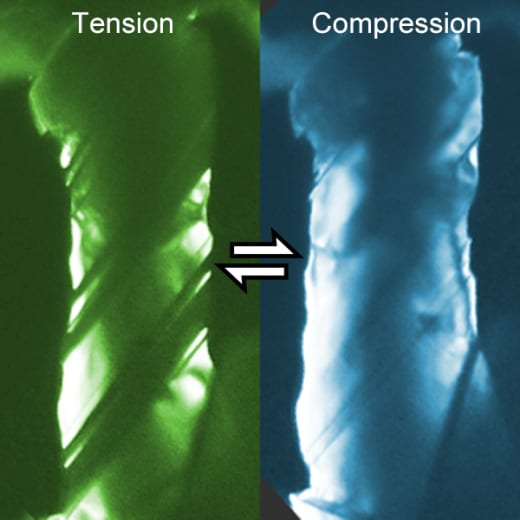

In situ studies of deformation in metal nanowires have yielded interesting new deformation mechanisms.
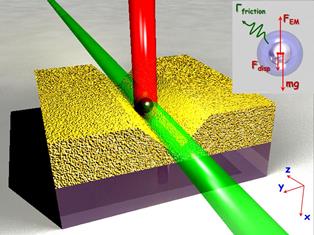
A new approach to control light with light without the need for optical nonlinearity has been suggested by a Russian-British research group.
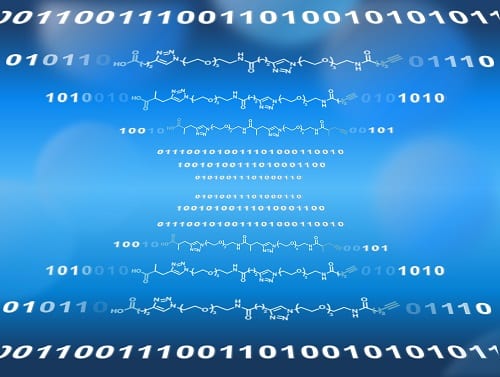
A new special issue of Macromolecular Rapid Communications highlights exciting recent developments in the field of macromolecular engineering.
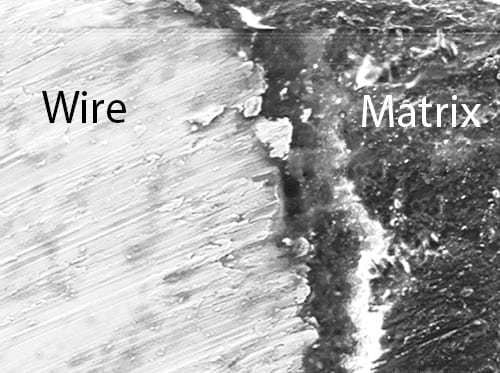
Brazilian researchers developed and characterized active nano-composites with embedded shape memory alloy wires.
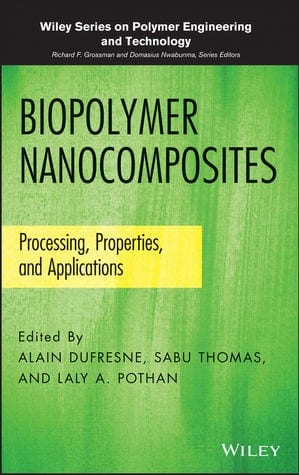
Marisa Masumi Beppu, University of Campinas SP, Brazil reviews Biopolymer Nanocomposites: Processing, Properties, and Application.
Researchers have demonstrated a roll forming simulation with the possibility of determining realistic load parameters by means of experimental results.
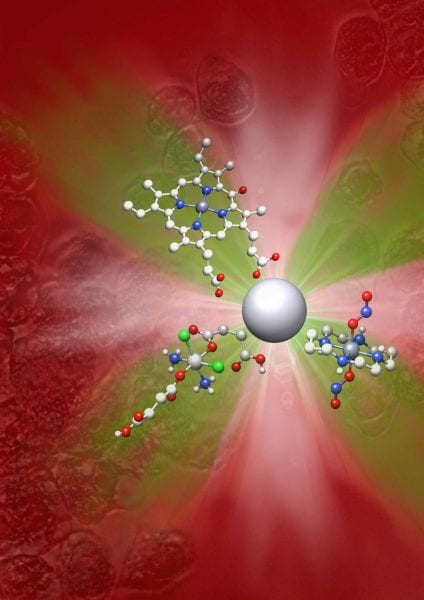
Luis Liz Marzán of CIC biomaGUNE presents the latest on materials science in the Basque Country in Particle & Particle Systems Characterization.
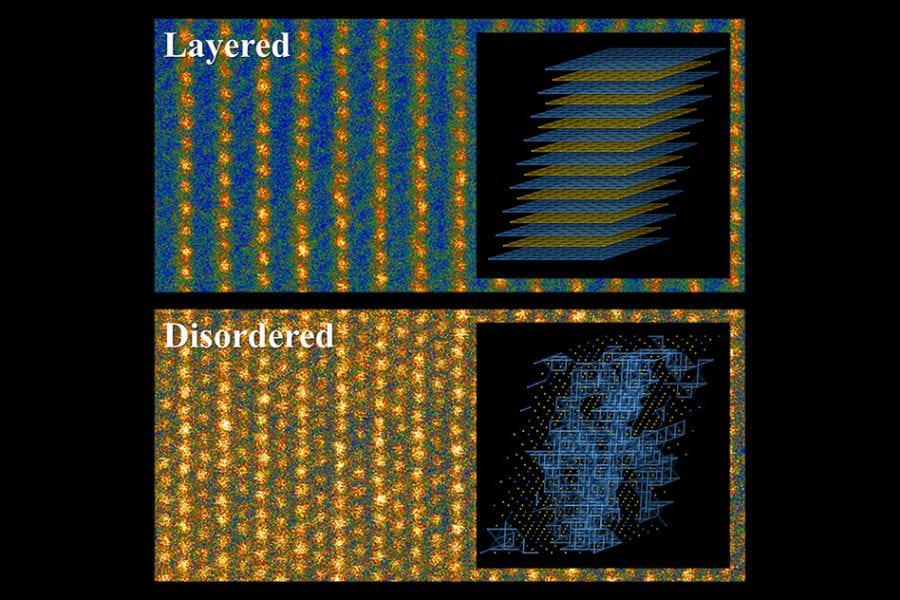
researchers at MIT and Brookhaven National Laboratory have found a whole new avenue in li-ion battery research: the use of disordered materials.
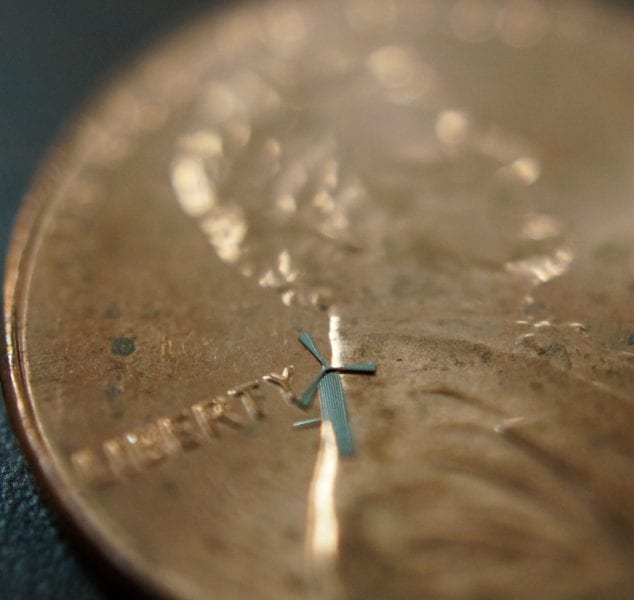
1.8mm wind turbines could be used to power cellphones, microelectronics, and have attracted the interested of WindMEMS.
EPFL scientists have developed an innovative mathematical method to greatly improve computer modeling of metamaterials.